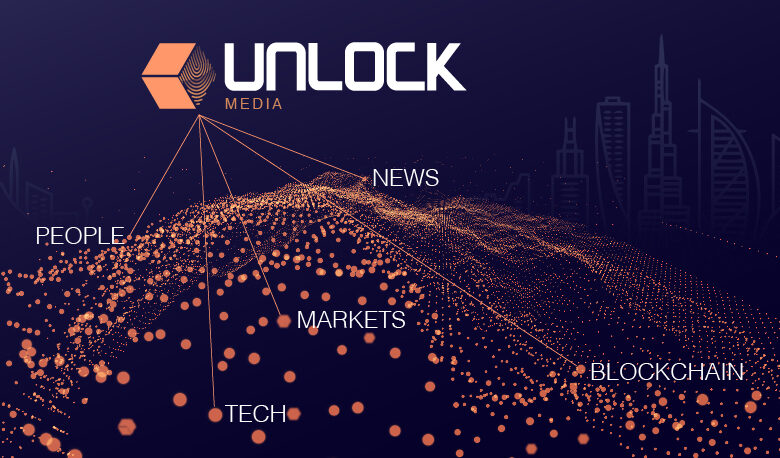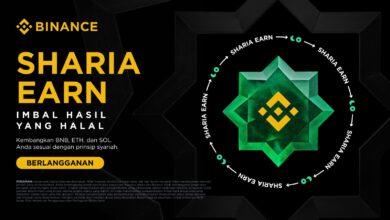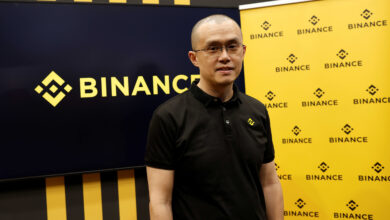DeFiGlobal NewsPlatform newsSecurity TokensTokenization
The Depository Trust & Clearing Corporation’s leverages Ethereum blockchain

The financial services industry has taken another step forward into blockchain-based digital assets with the Depository Trust & Clearing Corporation’s recent release of their Project Whitney Case Study. The platform, which uses Ethereum as its core technology, embraces a new approach to the representation of value in capital markets and signals an era of increased efficiency for financial services. Project Whitney was released in tandem with Project Ion, an accelerated settlement project that further explores shortening clearing and settlement cycles.
The DTCC’s latest initiative echoes work that has been taking place around the world for some time now. Major institutions have adopted Ethereum-based securities records and are actively exploring tokenized offerings. As an early example of such developments, the World Bank began in 2018 issuing bonds on its Bond-i blockchain platform, with the latest tranche being $50M AUD in August of 2019. ConsenSys’ own Codefi product suite has facilitated a significant and comparable volume of digital asset projects since launching in 2019.
The DTCC sits at the heart of US capital markets and has long been a driver of innovation. The corporation’s goal is to strengthen post-trade processes, provide efficient infrastructure, and support economies of scale, all while maintaining security. The Depository Trust Company (DTC), the corporation’s subsidiary, was founded in 1973 to address the rising volume of paperwork and resulting risks with the rapid increase of securities transactions in US capital markets at that time. The DTCC and its subsidiaries process nearly $2 quadrillion worth of transactions per year.
Some 50 years on, US capital markets and the DTCC are preparing for new fundamental shifts in the industry driven by the advent of digital assets. Project Whitney and Ion have the potential to finally achieve some long-pursued goals, such as shortened settlement cycles and automated compliance.
The Whitney Platform is a blockchain-based prototype that mints tokens and records asset transfers on the public Ethereum network, while maintaining an independent digital record of security ownership off-chain.
The platform is designed to solve for an array of pain points in private markets, from costly paper-based processes to fragmentary compliance. Some of its core capabilities include a digital and cryptographically-verifiable record of security ownership, as well as a dynamic rules engine working off-chain to permit authorized on-chain transactions and to ensure that issuers, broker dealers, and investors maintain compliance throughout the securities lifecycle.
DTCC’s move to announce Project Whitney follows increasing momentum in conventional and digital asset capital markets that has been building through 2018, 2019, and into 2020.
2018 saw JPMorgan Chase’s groundbreaking test of Quorum with the National Bank of Canada and the World Bank’s $81 million Bond-i in 2018 and second issuance in 2019. Last July, CapBridge Group, in partnership with ConsenSys, launched 1x, a first-of-its-kind security token exchange based and regulated in Singapore. In September, Santander announced the issuance of a $20M tokenized bond. Santander’s project was noteworthy because it was the first large issuance transacted entirely on the public Ethereum network.
Since then, several other financial institutions have adopted the Ethereum mainnet. French asset manager Mata Capital used ConsenSys Codefi’s asset management platform to tokenize €350M worth of property outside Paris.
Ethereum serves as the basis for 95% of digital asset issuance to date. The blockchain’s highly programmable design, native tokenization capabilities, and widely adopted token standards have made it an ideal platform for asset digitization. The DTCC’s project implements an ERC-20 compliant token standard. Security token standards such as ERC1400 also present opportunities for the DTCC to build additional features into tokens, such as inbuilt compliance, granular transfer controls, and the option to create different states with specific rights attached, directly on-chain, such as collateralization.
For Project Whitney, the DTCC selected the public Ethereum network and its ERC20 standard for minting tokens, as well as an off-chain Compliance Oracle and a backup independent stock record. For secondary trading, Project Whitney envisions a scenario where people trade either OTC or on an Alternative Trading System (ATS), and either in their own beneficial holder name or through a custodial model. In a custodial model, tokens are held in an omnibus account on an investor’s behalf, much like a street name.
Design Considerations: Public vs. Private Ethereum Networks
The Project Whitney case study notes that four key factors led the DTCC to select public Ethereum:
Observation of US private markets tokenization efforts to date
Access to open source tooling
Opportunity to test the enforcement of key operational processes off-chain
Desire to build hands-on technical acumen around public blockchain infrastructure
While the DTCC chose to work with the public Ethereum network, an alternative approach used by many clients to date would be to create a private instance of Ethereum. A private network enables users to achieve far higher performance on dimensions such as throughput and avoid the need for gas payments.
Technologies such as Hyperledger Besu and Quorum have emerged as default choices for enterprise-friendly Ethereum clients. The PegaSys suite, which was built by the team that developed Hyperledger Besu, allows enterprises to quickly spin up private Ethereum networks with advanced functionalities and 24/7 support services.
Private Ethereum networks are the basis for several high-profile blockchain consortia, such as komgo (stakeholders include Citi, Shell, BNP, and ING) and Covantis (stakeholders include ADM, Cargill, and Louis Dreyfus).
Furthermore, Ethereum 2.0, a major upgrade to the Ethereum public network, is slated to launch in 2020. Ethereum 2.0 will bring many performance benefits, including exponential scalability and transaction speed as a result of moving from a Proof of Work consensus algorithm to Proof of Stake.




